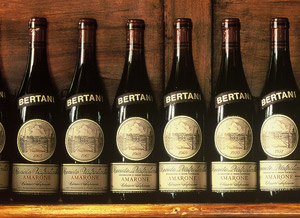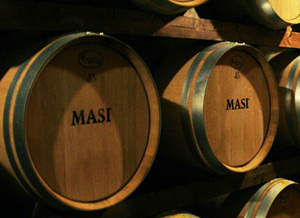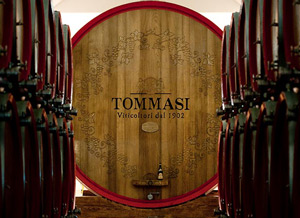De Buris
Verona Wineries Big Names

Villa De Buris is an historic building in Valpolicella, linked to the deepest cultural roots of the area and its winemaking vocation. Although is not open to the public yet, it is now part of Tommasi domains and the wine that ages in its cellar can be sampled at Tommasi wine shop in Pedemonte.
Info & Bookings
+39 333 2199 645 info@veronissima.com P.I. 03616420232 C.F. CPPMHL74L13L781C
Incorporated in the structure of the villa there are the remains of a Roman age watchtower, built in a strategic position on a hill from which it could control traffic on the Via Claudia Augusta. The Via Claudia Augusta was one of the most important Roman roads in Northern Italy, it connected the Brenner Pass, and beyond the Danube area, with Ostiglia in the Po river Valley, crossing in Verona with the Via Postumia, the other road axis that went from east to west. Not long ago, during some excavations, archaeologists have identified a portion of Via Claudia Augusta near San Pietro Incariano, one of the five municipalities of Valpolicella, which is in fact right in front of Villa De Buris.
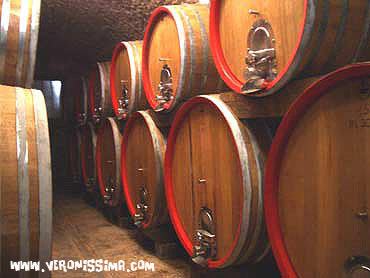
Valpolicella became an important area of Roman settlements from the first century BC, at that time the area was already famous for the wine produced with dried grapes, just as today is done for Amarone and Recioto, of which the Latin writers Pliny, Cato and Cassiodoro told about.
If you want to know more
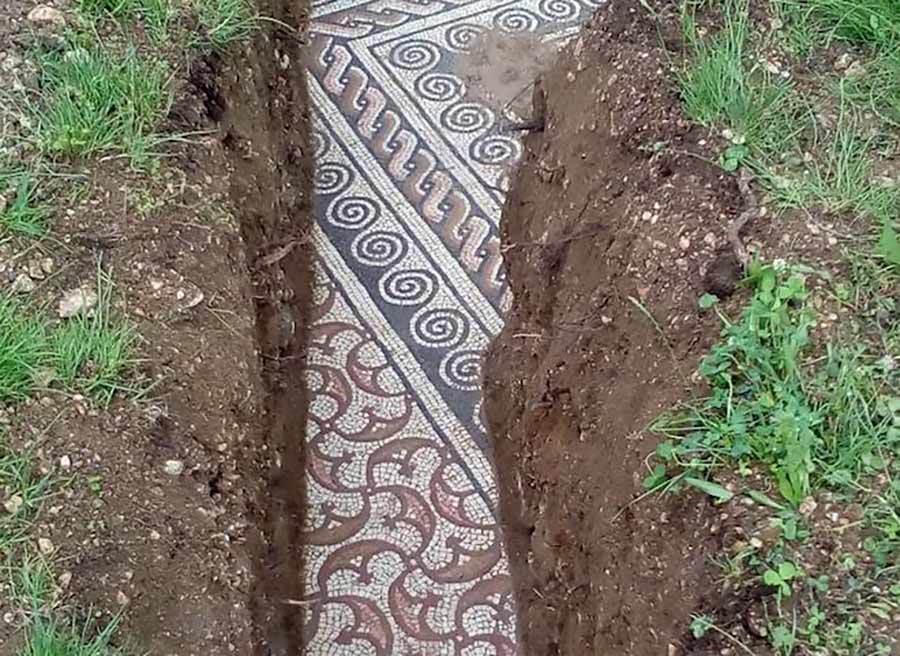
Roman Age Valpolicella
Discover all the ancient Roman finds in Valpolicella: temples, villas, roads.
FIND OUTThe Monastery
As it often happens with the remains of Roman buildings, the ruins of the old watchtower were also recycled in the construction of a monastery that was built in its place. Thanks to the presence of these ancient religious settlements, the knowledge and culture of the past, as well as viticulture and olive growing, survived the decline of the early Middle Ages and the devastation of the barbarian invasions. Wherever there was a church, in fact, there was the need for wine and olive oil for mass and sacraments. Almost certainly around the monastery there was a vineyard and an olive grove.
The Noble Family Villa
From the 15th century the monastery was transformed into a noble family villa, integrating parts of the old structure, including the old church. Decorative elements such as the arches of the ground floor porch and the mullioned windows of the facade already show an elegant Renaissance taste, although other elements remain of Venetian Gothic. Traces of frescoes from various periods have been brought to light in several places both inside and outside. Among these are the depictions of the six petals rosette, also known as the
The Winery
Until a few years ago, the villa was inhabited by a retired doctor and his wife who ran the cellar and a pleasant and rustic tasting room where they welcomed visitors with their warm hospitality. The large barrels for aging were placed in the structure of the ancient church of the monastery, which due to the movements of the ground is now located almost three meters below the street level.
Tommasi
Villa De Buris has recently been purchased by Tommasi, one of the largest and most prestigious wineries in Valpolicella. The villa has become the fulcrum of the new wine that takes its name from the villa: De Buris. It is an Amarone made from the grapes of the Groletta vineyard, located on the hill of La Grola, one of the areas best suited for the cultivation of traditional vines of Valpolicella: Corvina, Corvinone, Rondinella, to which is added a small percentage of Oseleta, an ancient and almost extinct vine varietal, recently returned in vogue among producers for the structure and the particular aroma that gives the wine. The Amarone thus produced is aged for five years (three years longer than minimum requirements) in large oak barrels kept inside the cellar of Villa De Buris
The villa is currently not open to the public although it can be admired externally. The restoration work will soon begin, which, given the age and historicity of the structure are expected to be long and complex, but that will certainly bring it back to its former glory for the hospitality projects of the Tommasi cellars, already engaged with various accommodation and catering facilities in the Verona area.
If you want to know more
Wine Tours and Tastings
Amarone Villa De Buris, on the other hand, can be tasted at the headquarters of the Tommasi cellars in the new prestigious wine shop. For further information and details on Veronissima wine tours, that can include a visit to the external of Villa De Buris and a stop at Tommasi cellar for a tasting, do not hesitate to send us a request
Info & Boopkings
+39 333 2199 645 info@veronissima.com P.I. 03616420232 C.F. CPPMHL74L13L781C

 IT
IT 日本
日本 DE
DE FR
FR 中文
中文 ES
ES